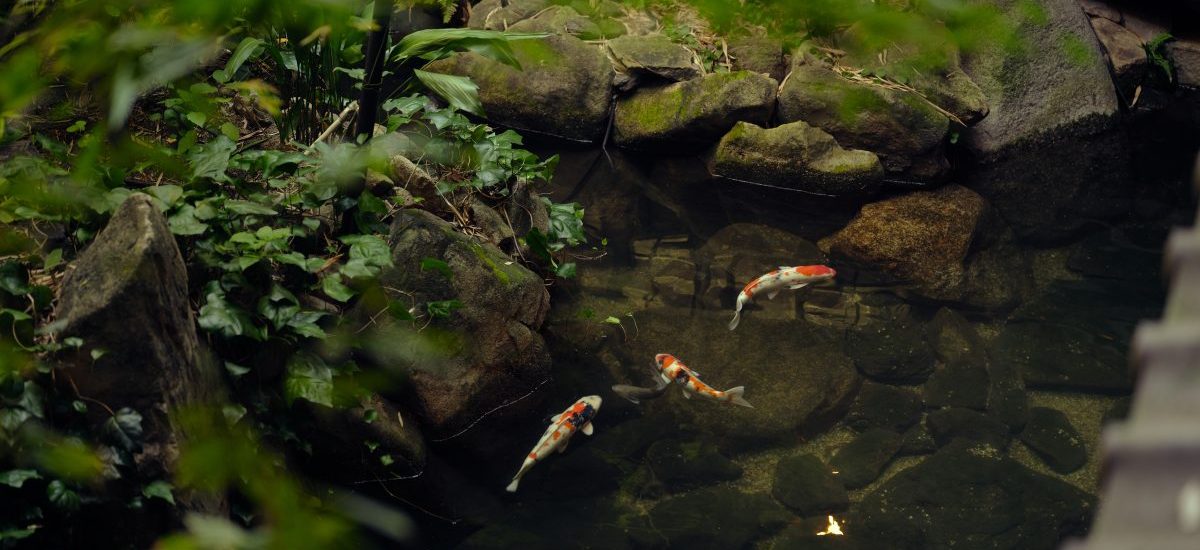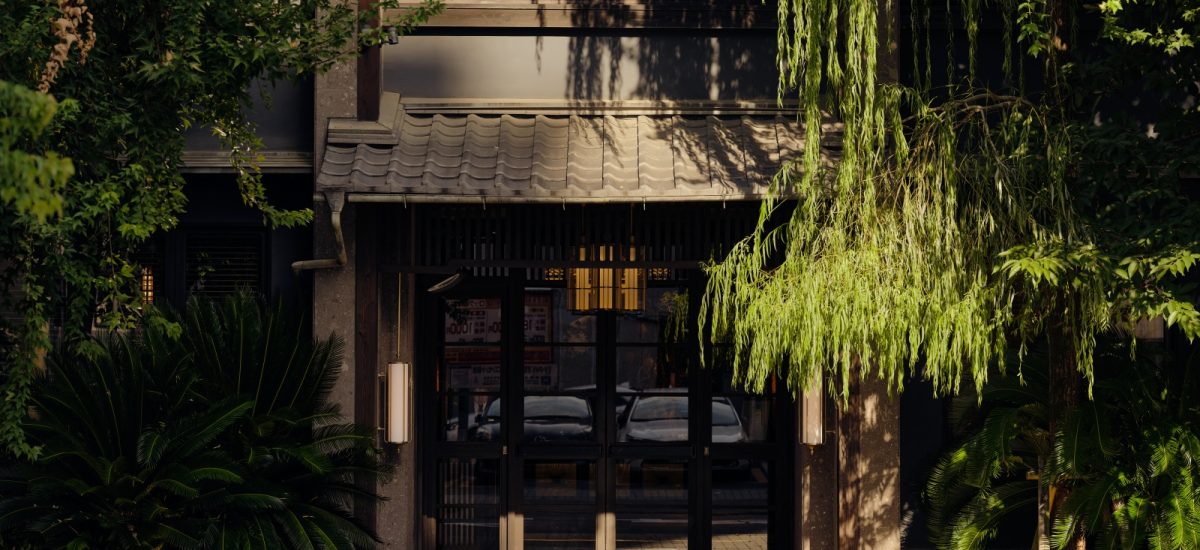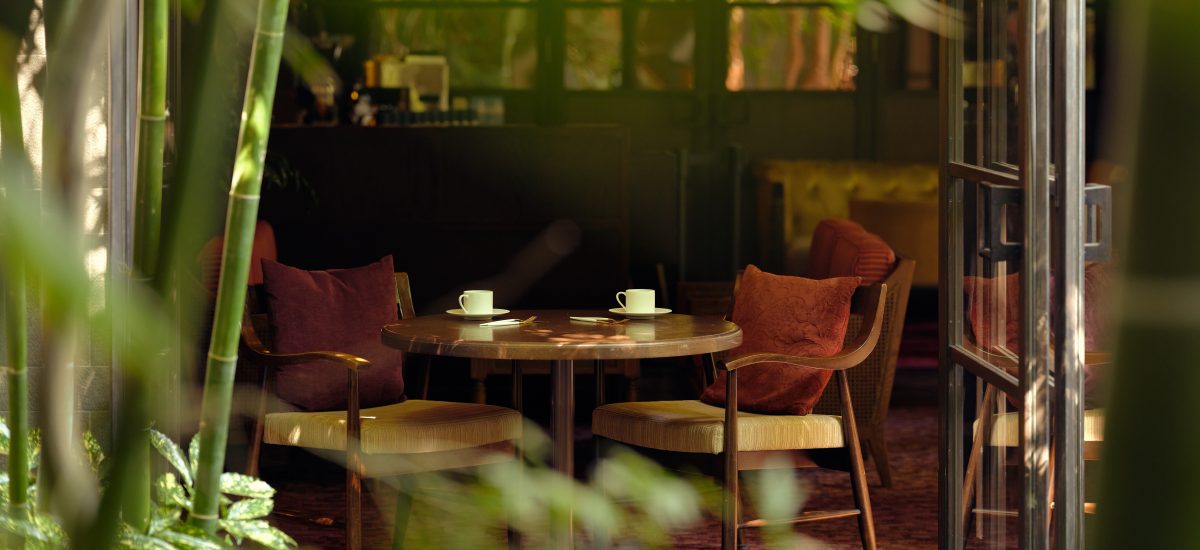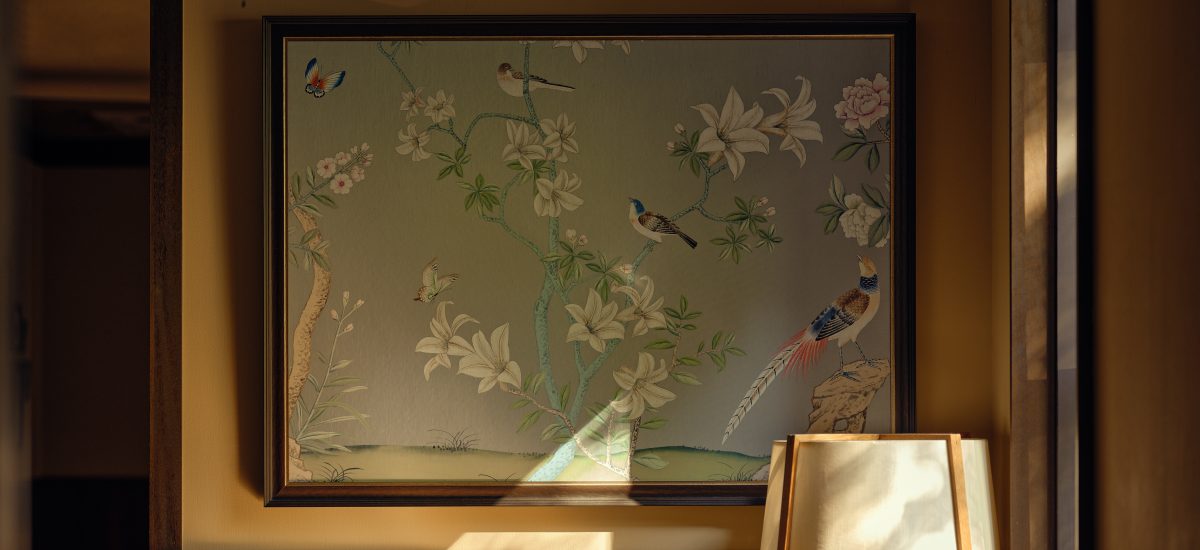THE KAWABUN NAGOYA, home to 400 years of history
THE KAWABUN NAGOYA is located in the after-dining room of the long-established Japanese restaurant KAWABUN, and has inherited 400 years of history and tradition.
In a special space woven by the changing seasons and the charm of the gardens, along with modern Japanese architecture, we will welcome you with hospitality.
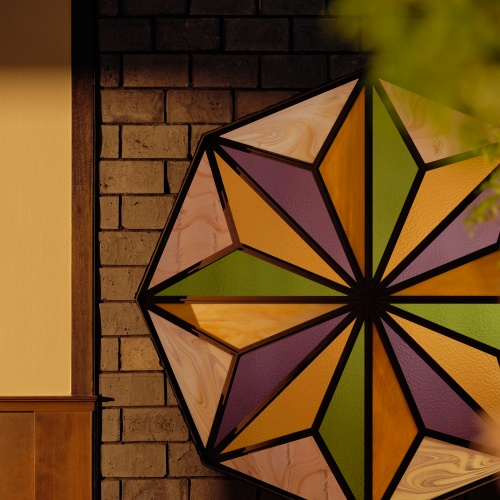
CONCEPTConcept
THE KAWABUN NAGOYA inherits the tradition and hospitality of the 400-year-old traditional restaurant KAWABUN. The building, which combines time-honored Japanese architectural design with Taisho-era modernism, is stately yet somehow nostalgic and warm. It also houses a sophisticated Italian restaurant and a cafe and bar lounge.
It is like a museum that expresses Nagoya 's distinctive character and a tranquil Japanese garden that spreads outside the window. Water, light, wind, fire ... Let's move on We continue to evolve according to the style of the times while treating the scenery of nature.
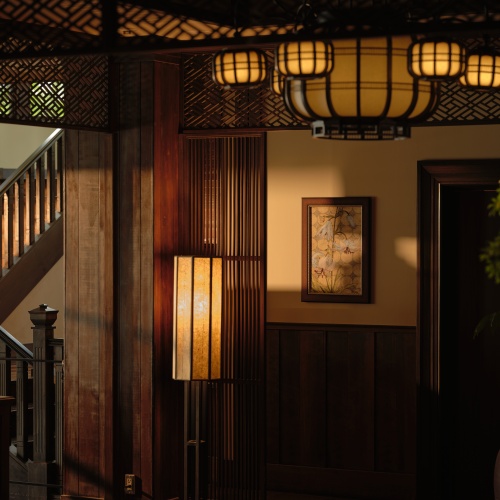
HISTORYHistory
Nagoya's oldest restaurant, KAWABUN, prospered during the Edo period as a purveyor to the Owari Tokugawa family. Not only as a restaurant, but also as the only guest house in central Japan, it has been loved by historical dignitaries such as Ito Hirobumi and Nogi Maresuke.
The large 400-year-old chinkapin tree that stands on the grounds is a symbol of Nagoya Castle, planted as a landmark to indicate the direct south direction when the castle was built. THE KAWABUN NAGOYA was built on the site of the former Nagono-no-Ma, a large restaurant hall. The transoms, tiled roof, and water basin found throughout the building have been renovated using the same building materials. The building is decorated with not only furnishings that reflect Japanese technology and tradition, such as colorful gold-leaf paper crafts and climbing carp sculptures, but also art that reflects the transitions of the castle town, and has made it a priority to maintain a space that exudes the essence of Nagoya. While respecting tradition, this place has pioneered new eras and has spun a 400-year history.
It has been selected as the venue for the Tripartite Environment Ministers' Meeting of Japan, China and South Korea (TEMM24) in 2023, and is currently a venue where dignitaries are invited.


